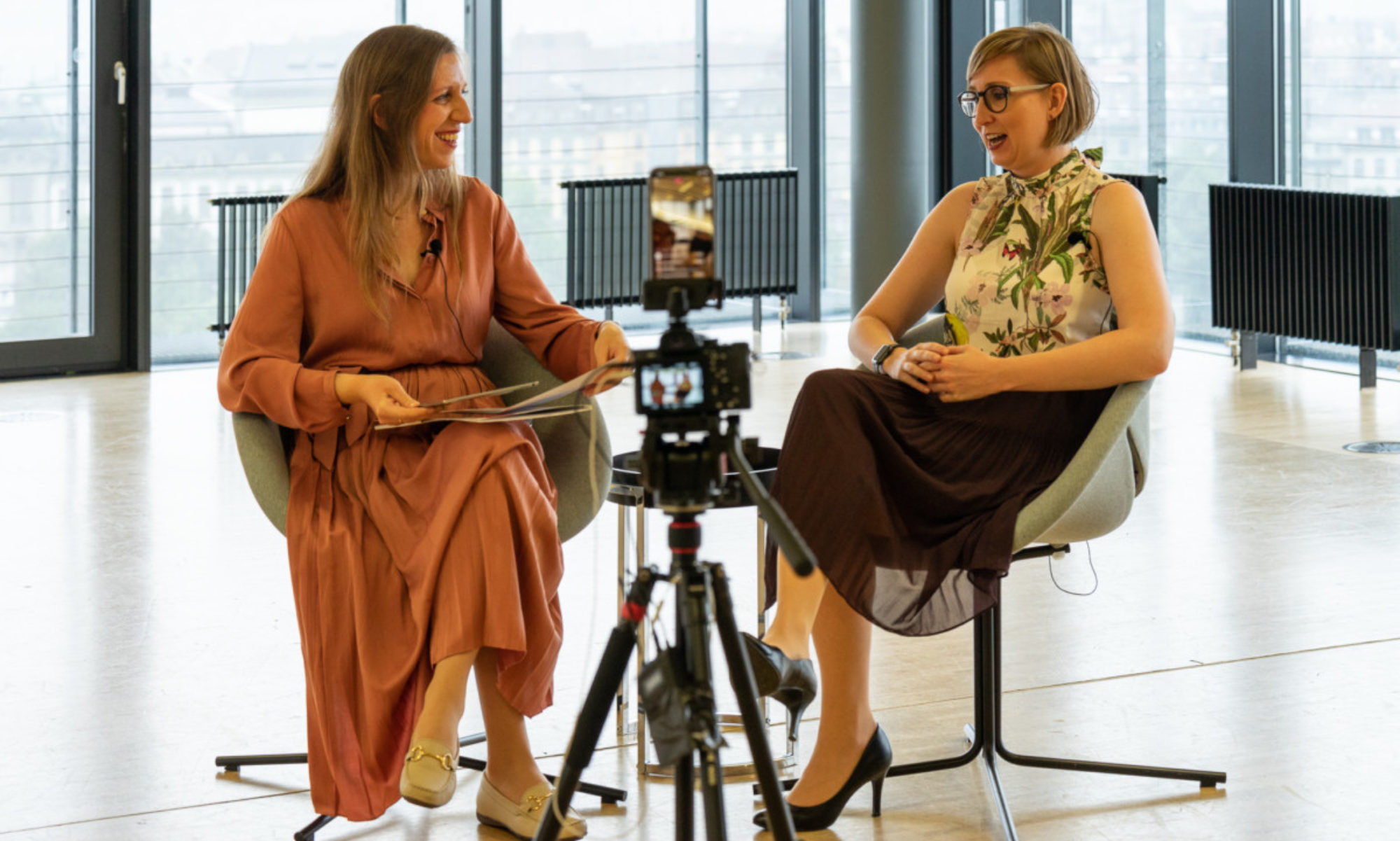An event experience comprises many micro-moments that consumers undertake on their customer journey as they interact with an event. Do event planners look at each customer interaction strategically, making it an ‘experience’?
According to Google’s report from 2015 ‘Think with Google’, micro-moments ‘are critical touchpoints within today’s consumer journey, and when added together, they ultimately determine how that journey ends’. In 2019, ‘micro’ is having its moment again because event and travel professionals have begun to highlight the benefits of having bite-size experiences, using terms such as micro-experience, micro-travel, micro-learning and micro-influencers in their corporate communication.
It is understood that micro-trends are all about more personalised experiences that help individuals save time, be more efficient and productive and obtain results. Therefore, we wanted to understand better what micro-moments have to do with changing attendee needs and expectations.
To find more about this growing trend in connection with the event industry, we hosted an #eventprofstalk Twitter chat on 7 October 2019 about micro-moments and below share with you the highlights from our community members.
Micro is defined as ‘extremely small’. How can event planners relate this growing trend to the events industry?
According to Irina Graf, founder of The MICE Blog and Event Planners Talk, ‘Attendees are getting busier and have growing specific needs that can be met with highly customised experiences. Large events can be a platform for smaller experiences to take place, and smaller events can serve a very specific target audience, such as an industry vertical’. The Calgary TELUS Convention Centre added that ‘micro-experiences within larger events are totally possible and are a great way to engage attendees who are looking for “out of the box” moments.’
Johnny Martinez, Head of Marketing and Business Development at Shocklogic, highlighted that he loved the simplicity and at the same time brilliance of making a macro-experience out of many micro-experiences.
Aleksandra Panyukhina, Head of Event Marketing at SEMrush, shared that she sees ‘micro’ as a growing trend, ‘I also talked to a few organisers this year who are changing their approach exactly to “micro making it macro” ’. Irina also found the concept of macro vs micro fascinating but suggested that she thought that it’s happening the other way around, making micro-moments from macro, meaning breaking the overall event experience into smaller pieces. Calgary TELUS Convention Centre commented that they ‘see more and more big events incorporating “micro” sessions or experiences within their main event. Boutique is a trend that is here to stay. Organisers can create “micro” sessions or experiences that are highly unique and niche, attracting a particularly small group of people who could be interested in that specific topic.’
Alexandra suggested that ‘micro’ has to do with personalisation, which ‘basically leads you towards micro-events and experiences. You can’t personalise an event for 20K people (and if organisers say they do, it’s quite a low level of personalisation actually)’. Therefore, she strongly believes that personalisation and micro-moments will lead the industry to a more boutique style, tailored to the target audience experiences. Johnny added that micro-experiences are all about the little details, such as a personalised brand experience.
Why has ‘micro’ become a trend in the past 1–2 years? We hear about micro-experience, micro-travel, micro-learning, micro-influencers and micro-moments. What does it have to do with changing attendee needs and expectations?
According to Irina, ‘it is about changing attendee needs to get more done in a pleasant way and be efficient; for example, micro-learning on a mobile, micro-travel to have a short getaway without disrupting the daily schedule or routine. People want more for less and be efficient.’
According to Valerie Wagner, podcaster and blogger at Hotel O Motion, ‘I think it’s related to “back to the roots” and the digital transformation. Information and knowledge are everywhere. Minimalism is important in this day and age. We consume too much, and participants long for shorter and more intense experiences and no longer for mass, but quality.’
Alexandra thinks that it’s just like in any other aspect of life—trends come and go. Trends such as “festivalisation” and “going big” have been huge for years. Now, everyone talks about intimate, low-scale but high-efficiency happenings.’
Johnny suggested that this trend is very much aligned with the concept of “think global, shop local” as well as the importance of connecting with individuals in meaningful ways.
We’ve chosen to focus on the micro-experience, out of the many other ‘micro-trends’. What makes such experiences so unique and essential?
Irina stated that ‘The micro-experiences are very simple and short, and they can occur at any stage of the customer journey; so, each attendee will have a different perception and experience at an event. But they still need to be created by the organisers.’
Johnny added that ‘there’s something highly unique about catering to people’s true needs and desires. Understanding people’s behaviour is at the heart of having a successful product.’
Is micro-experience attendee led or event organisers led: Who creates these moments—attendees by themselves or the organisers for attendees?
According to Helen Brady, Senior Event Manager at Events Northern, these micro-experiences are ‘led by event planners, by creating the moments that attendees can then participate in. Then, the discussions, interactions and engagements between attendees that have been sparked by these moments can occur.’
Aleksandra added that she believes that to maximise the value of an event, mutual effort is required. However, organisers do a large portion of work by studying their audience, understanding what resonates with them, how to bring it to life and actually executing it. But unless attendees are open to the experience and are ready to interact, they won’t uncover all of it. Experience requires a person to live it—it can’t exist on its own.’
Johnny proposed that ‘many people seek these experiences, and there are many “micro-experience” providers in the chain. It’s a symbiotic relationship. Is the micro-industry coming?’
Irina offered that ‘It can be both because organisers can create the foundation for delegates to learn and network, but attendees can also create these experiences by themselves when they choose a specific event. I would say that it is 70% organiser and 30% attendee led.’
In what stage of the customer journey do the micro-experiences fit? Can organisers integrate them throughout the entire customer journey or only at the physical event?
Valerie gave an example during our weekly #eventprofstalk Twitter chat ‘these are my micro-pulses every Monday. 😉 I became aware of the big picture (Eventplanners + Conference + Irina). Then came the first meeting, and next year I will be at the Event Planners Talk conference. Hence, I have become a reader, guest and podcast host through micro-impulses. Someone else may have attended a regional event in London and heard about the regular chats. And a third one regularly reads the blog and gets the impulses on Mondays. I think a micro-experience is possible in any status, but it should be left to the participants to decide when they want to record it.’
Johnny expressed that event planners can ‘really fine-tune the entire event life cycle to cater for personalised experiences that can be appreciated by diverse attendees. Artificial intelligence is the next horizon to achieve this. Bring on the next revolution!’
Alexandra stated that yes, and that also pre and post event, these moments should be cultivated, ‘if we speak of promotion and pre-event communication, that’s a must of modern marketing. If the event is a micro-experience, it means that your targeting and promotion will be quite similar for all attendees. But there is always a place for extra creativity :)’.
Irina agreed that it should be throughout the entire customer journey, from micro-content to customised seating arrangements, networking etc. The organisers should know their audience and aim to design each stage accordingly for them (which is not easy but possible).’
How can event professionals create a series of micro-experiences at their events?
Irina suggested to ‘make each part of the event an exciting happening, excite people to be there, facilitate networking, audience engagement, try new formats and consider how a certain aspect of the event can serve multiple target groups (e.g. online and offline, entertainment and education— “edutainment”).’
Valerie presented that there are many nice new formats and that she has tested Pecha Kucha in internal communications and the feedback was great; she suggested doing something different.
Helen recommended transforming ‘every stage of the process into an “experience”. Something on arrival, something when people need to queue, something when people eat, something when delegates leave, something when attendee share feedback, etc.’ She also recommended to break the entire event up into smaller chapters to deliver an overall story.
Valerie concluded that delegates are in the position today to acquire knowledge independently, but the event organiser can give impulses and think more and more outside the box, network and connect. Irina added, ‘It’s important to give people a topic they can relate to and talk about also during and after the event. Knowledge, coupled with a short experience, will be more memorable and meaningful for attendees.’


